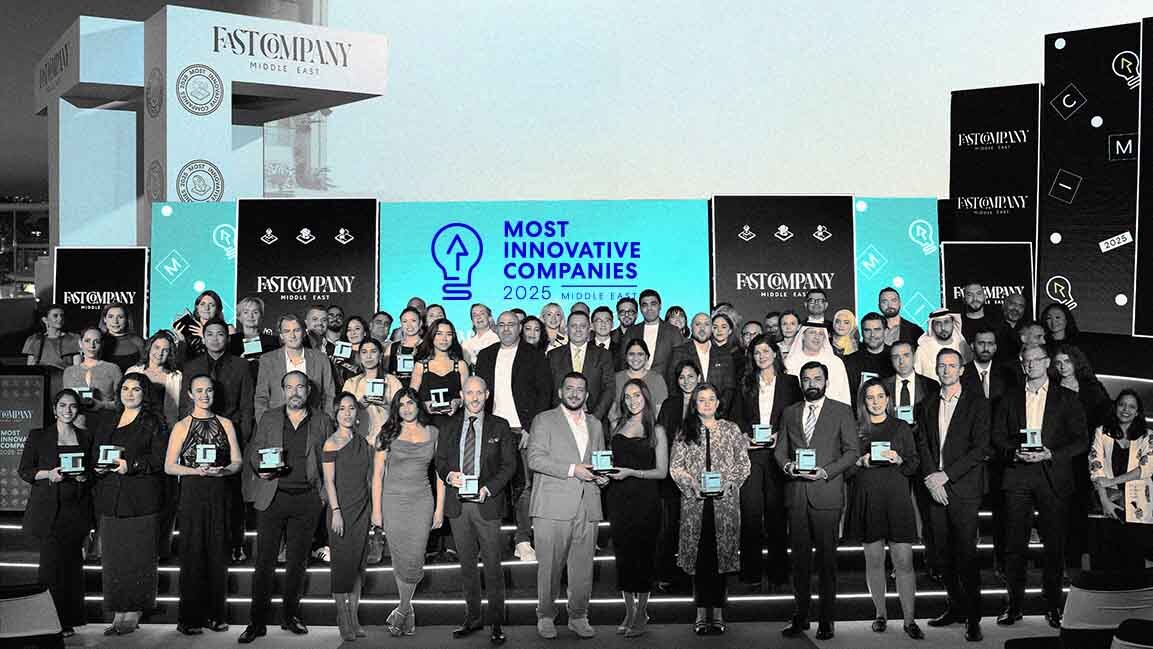- | 9:00 am
From scroll to sale: the UAE’s formula for social shopping success
Social media platforms weren’t built for shopping, but in the UAE, they’ve become just that.

Once designed for connection and content sharing, apps like Instagram, TikTok, and Snapchat have evolved into thriving digital marketplaces.
This transformation has created fertile ground for a new era of e-commerce—one that blurs the lines between scrolling and shopping.
“Historically, social media was a space to connect and check in with friends. Today, users increasingly follow influencers who serve as trusted curators and reviewers of products and brands,” says Lina Gallagher, founder and managing director of Dubai-based Emerce Consulting.
INFLUENCER ECONOMY
In this evolving landscape, influencers are not just content creators but commerce enablers.
Elie Milan, chief performance officer at Publicis Media ME, the media hub under Publicis Groupe, highlights how social media personalities have become crucial bridges between brands and consumers.
“Locally grown brands like Namshi and The Giving Movement have done a great job working with influencers to make shopping through social media feel engaging and reliable,” he says.
According to the 2023 RetailX Middle East E-commerce report, UAE consumers spend nearly three hours daily on social media, with 79% using these platforms to search for products or brands.
Different platforms serve different purposes. As Gallagher points out, Instagram excels at driving engagement, Facebook boosts conversions, and TikTok is a powerful engine for brand awareness.
Other platforms are also carving out their niches. Snapchat continues to resonate with younger audiences through immersive content, while WhatsApp is emerging as a key channel for direct, real-time customer communication.
AI, PHYGITAL, AND THE FUTURE
AI is reshaping the landscape. Chatbots on WhatsApp and Instagram now handle everything from product recommendations to payments, without human intervention.
“A customer can message a boutique late at night and receive instant, personalized recommendations—sizes, latest arrivals, payment options—all without human assistance,” says Gallagher.
At the same time, she says brands are leaning into niche communities and micro-influencers for more targeted reach. “In the UAE, consumers seek advice from trusted community groups, such as local Facebook groups where mothers exchange tips on baby gear or specialized forums like car enthusiasts discussing spare parts.”
Brick-and-mortar retail is adapting, too. According to Gallagher, digital screens, QR codes, and Instagrammable store setups in Dubai are making physical shopping “phygital,” blending real-world experiences with online engagement.
Live commerce, while still nascent, is also staging a quiet comeback. “Currently, the market heavily relies on content creators and influencers to endorse and showcase products. However, I foresee live commerce gaining significant momentum as these two worlds intersect more fully,” says Milan.
THE CHECKOUT CONUNDRUM
For all its promise, social commerce in the UAE is still missing one key piece: seamless in-app checkout.
“As of April 2025, TikTok Shop hasn’t officially launched in the UAE,” says Gallagher, noting that the platform remains in its pre-launch phase.
In the meantime, businesses rely on third-party payment processors like Checkout.com and PayTabs, often sending payment links via direct messages to facilitate transactions. Inventory integration with platforms such as Shopify has also improved the customer journey, offering a smoother handoff from product discovery to checkout compared to older, more manual methods.
Milan points out that while the lack of native checkout features has long been a barrier, platforms like Meta, TikTok, and Snap are responding by upgrading the user experience.
“These platforms make it easier for consumers to engage with products seamlessly, even if the transactions are completed on external sites. There’s potential for significant movement in this area, especially with TikTok Shop on the horizon, which promises to further streamline the purchase process.”
Gallagher notes that this matters more than ever in a mobile-first market where users increasingly expect to do everything—scroll, chat, and shop—within a single app.
That friction comes at a cost. “Every extra step, whether redirecting consumers to external browsers or separate messaging apps, introduces friction and increases the likelihood of purchase abandonment,” Gallagher explains. “Until one-click, native checkout becomes the norm, conversion rates on social platforms will continue to lag behind their potential.”
Still, brands are finding ways to adapt. Influencer discount codes, limited-time WhatsApp flash sales, and customer support through DMs have become go-to tactics to keep social sales flowing, even without an ideal checkout system.
TRUST ISSUES AND TECH CHALLENGES
However, with purchases outside platform walls, scams are an unfortunate reality.
“The issue of security remains a concern,” says Milan. “Despite robust safety measures, fraudulent actors are still attempting to impersonate reputable brands and deceive consumers into divulging sensitive financial and personal information.”
“Fortunately, there’s strong support from the UAE government and financial institutions in raising awareness about these risks and educating the public on how to safeguard themselves,” he says.
Managing customer interactions across multiple platforms also presents operational headaches. Smaller businesses, in particular, struggle with fragmented processes and inconsistent service across Instagram, Facebook Messenger, WhatsApp, and Snapchat.
“Customers expect rapid responses, and even minor delays can result in lost sales. This poses challenges, especially for SMEs with limited resources for constant monitoring,” says Gallagher.
On top of that, paid promotions increasingly eclipse organic reach. “Businesses often find themselves forced to allocate large budgets towards social media ads and influencer partnerships just to stay visible,” she says.
BEYOND THE METRICS
Despite these challenges, the sector is booming. ResearchAndMarkets valued the UAE’s social commerce market at $1.22 billion in 2024—a 22.7% jump from the year before—with projections showing a CAGR of 18.5% through 2029.
Yet, some industry experts caution against getting swept up in the hype.
“Nobody opens Instagram or TikTok thinking, ‘I can’t wait to see what brands want to sell me today’. People are there to be entertained, connect, escape, and put off going to sleep,” says Joe Russell, strategy director at advertising agency Dentsu Creative MENA.
That doesn’t mean social platforms can’t drive sales—but commerce is often a byproduct of compelling content, not the primary objective. “The fact that commerce happens at all is partly a side effect of social entertainment and signaling done right,” Russell says.
He emphasizes that algorithms reward engagement, not ad spending. “It’s about creating killer content, not filler. You lose them as soon as an audience feels they’re being sold to rather than engaged with.”
According to Russell, too many UAE brands fall into the trap of churning out high volumes of commerce-focused content with little strategic intent. “Brands must resist excessive, low-quality content production and over-dependence on attribution metrics.”
Instead, he advocates for a more thoughtful approach: “Creative discipline, a commitment to storytelling, and building distinctive brand experiences that have emotional pull all combine to acknowledge that people are on social platforms to be entertained, not sold to.”








































